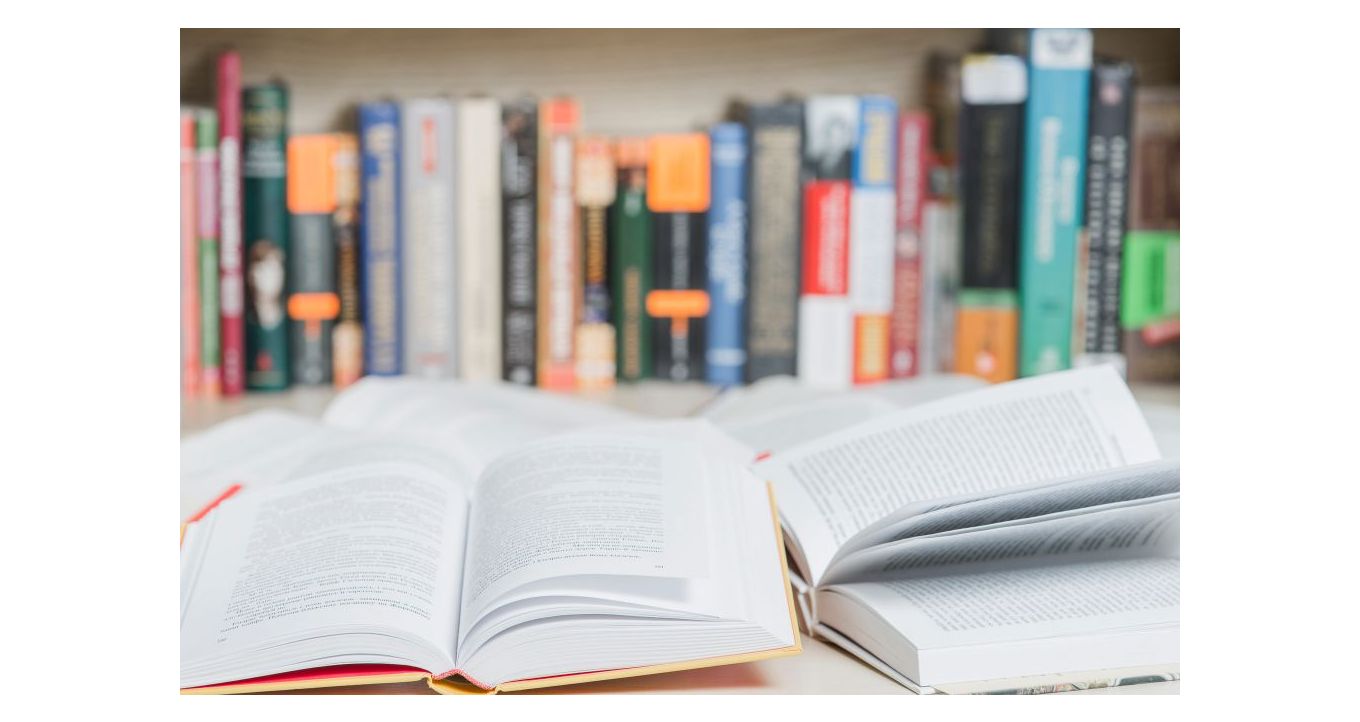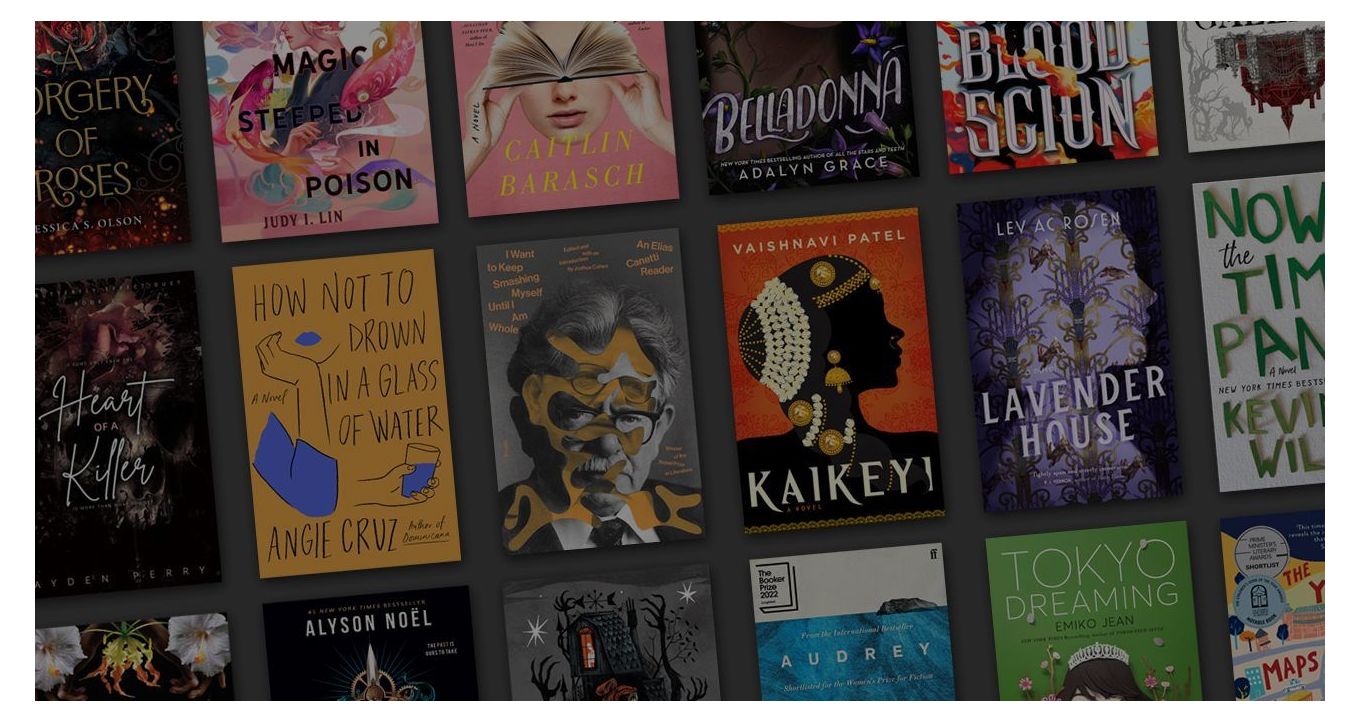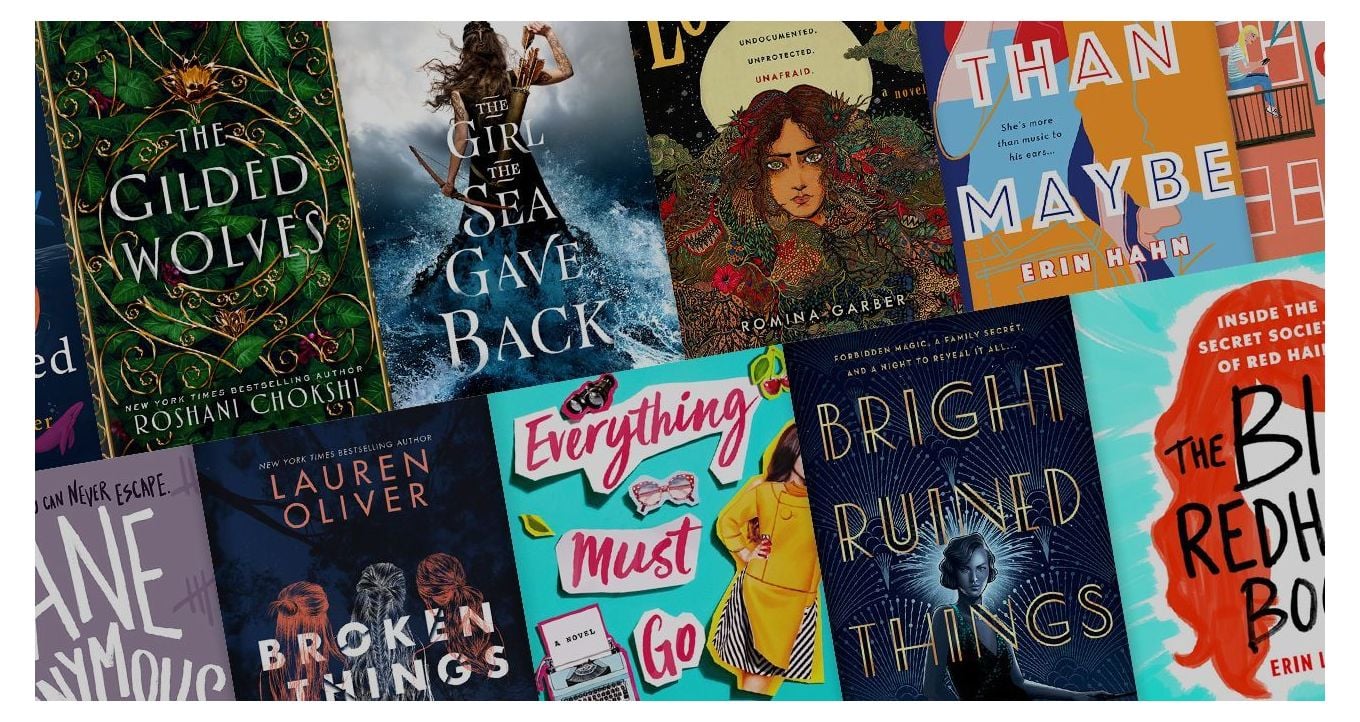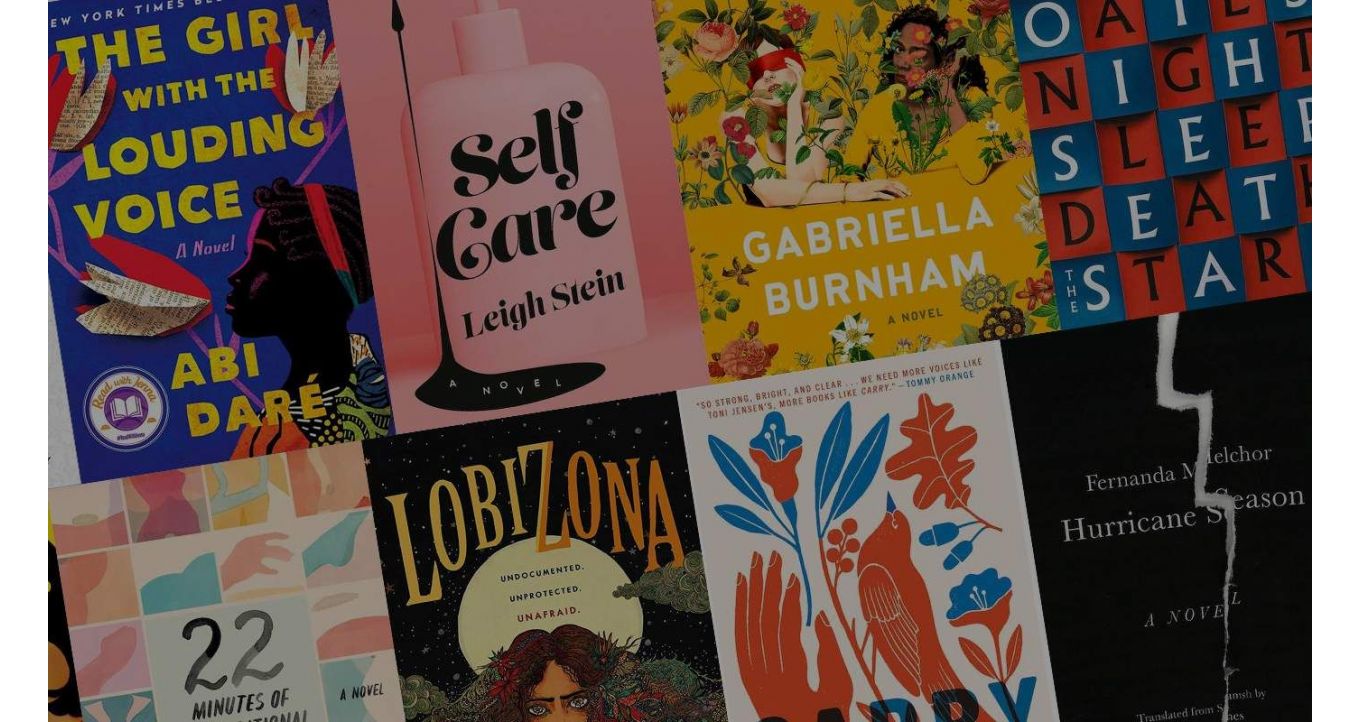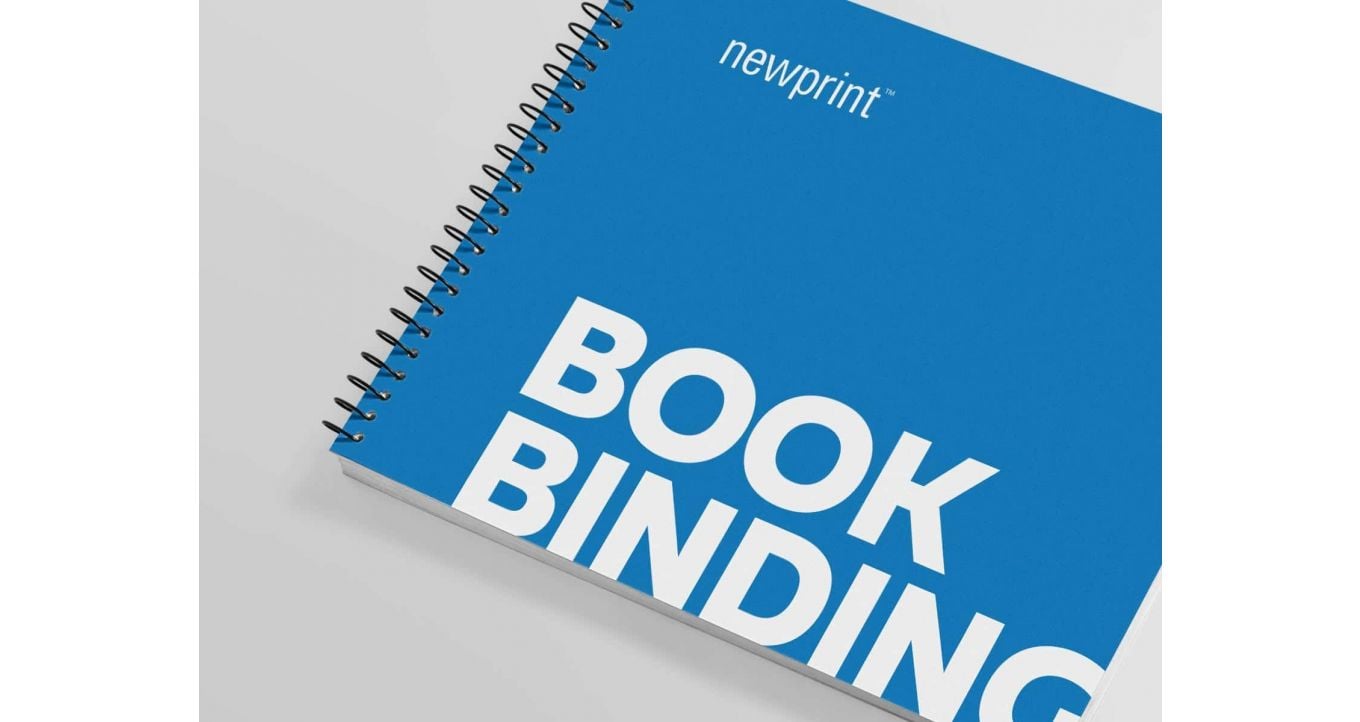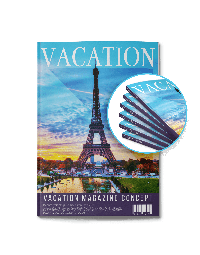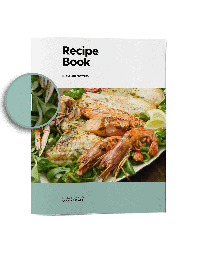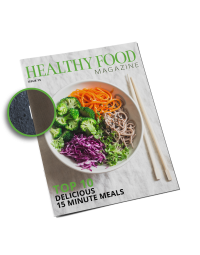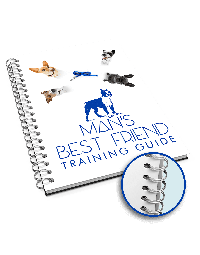Quality book printing is more than simply putting ink on paper—it's about bringing knowledge to life for students in schools and institutions. The appearance and texture of pages, whether fact-filled textbooks or colourful children's stories, may draw readers in and spark their curiosity.
Textbooks containing all the necessary information, workbooks for practical learning, lab instructions for scientific investigation, dictionaries and encyclopedias for reference, and even colourful children's books full of lessons and stories are just a few examples of the extensive educational resources available. Each of these resources has a specific function in the learning process, and how they are printed can affect how well the information is conveyed and how engaged the students are. Thus, whether it's a picture book or a heavy textbook, the printing quality affects the classroom atmosphere that children study in. We'll review this guide's main ideas and methods to help you produce books ideal for educational environments.
Specifications of Quality Book Print
Selecting the Right Paper
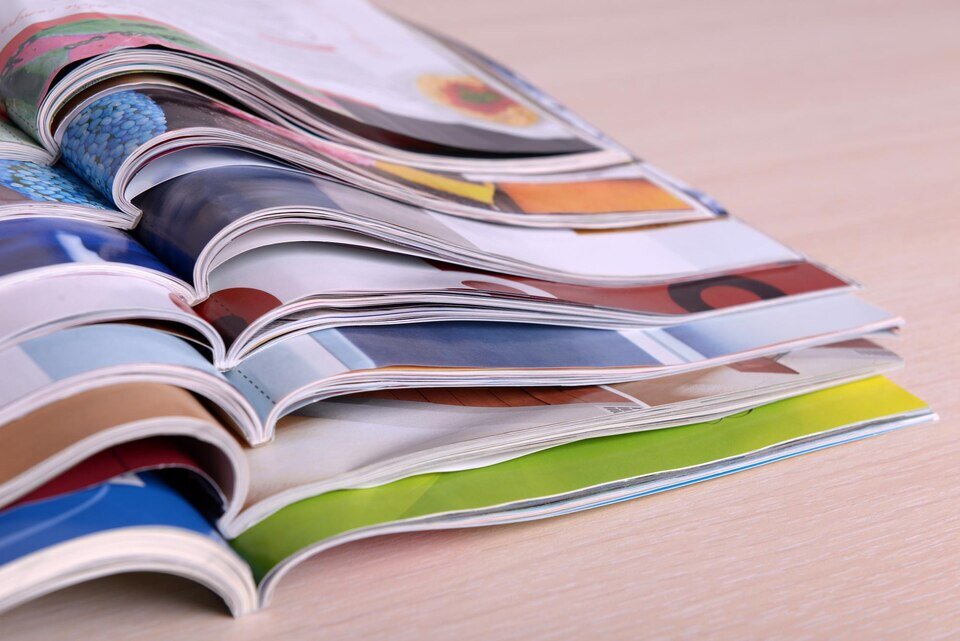
The choice of paper can profoundly impact the readability and durability of educational materials. When selecting paper for printing textbooks, workbooks, or resources, consider the following:
- Opt for a matte finish to reduce glare and improve focus, especially for prolonged reading sessions.
- Choose lightweight yet strong paper to ensure books withstand daily wear and tear, ultimately reducing replacement costs.
Color Choices
Colour plays a crucial role in visual learning and comprehension. When designing printed materials, mainly textbooks and educational resources, consider the following colour considerations:
- Utilize the CMYK colour model for consistent and accurate colour reproduction.
- Ensure that important information is legible, even in grayscale or black-and-white prints.
- Prepare files using CMYK color mode. Set color to 100% K for black text. And greyscale printing requires a file in greyscale.
Binding Options: Book Style with Flexibility
The binding method affects educational books' aesthetics, usability, and durability. The most crucial step when preparing a book for print is to know the know the binding type of the book you want, its orientation, colour, dimension, and page count. Here are some standard binding options suitable for academic printing:
- Perfect Bound: Ideal for textbooks and reference guides, offering durability and a professional appearance.
- Saddle Stitch Bound (Self Cover): Cost-effective option for shorter documents or handouts, suitable for internal use.
- Saddle Stitch Bound (With Cover): It provides added protection compared to self-cover options and is suitable for one-time handouts or internal documents.
Design Strategies for Print Success
Rule Of Thumb when Submitting
your Print-Ready Files

Document colours
Prepare files using CMYK color mode.
Set color to 100% K for black text.
Greyscale printing requires a file in greyscale.

Bleed size
Add trim allowance to the size ordered.
Standard bleed allowance: 0.125 in

File size
Create your files in their final trim size.

File format
Always save your book in print-ready,
non editable PDF (PDF/X-4
or PDF 1.6).

Images and resolutions
Pictures, images and graphics: 250 dpi
Line artwork: 1.200 dpi

Embedded fonts
Embed fonts to pdf or convert them to paths to avoid typeface discrepancies. Use fonts that don't have any license restrictions and make sure the font coding in the PDF file is correct.
Cover Secrets: Design for Impact, Print for Durability
The book's Cover is its first impression, influencing readers' perceptions and engagement. Consider the following design strategies for impactful covers:
- To improve durability without affecting environmental sustainability, choose environmentally friendly laminating options.
- Apply UV coating for improved protection and aesthetic appeal, particularly coverings with complex patterns or bright colours.
- Regarding paper weight, consider using 70 or 80 lb. and gloss text for a professional look and feel that shows quality.
Typography for Optimal Printing
Typography significantly impacts readability, especially for educational materials intended for diverse audiences. Here are some typography best practices for academic printing:
- Give priority to readability and clarity by selecting easily readable fonts, particularly for younger students or those with vision difficulties.
- For a cohesive reading experience, stick to the same font styles and sizes throughout the book.
- Standard uses a serif font for body text and a sans-serif font for headings.
- Embed fonts to PDF or convert them to paths to avoid typeface discrepancies. Use fonts with no license restrictions and ensure the font coding in the PDF file is correct.
Optimizing Layouts and Bleeds
Efficient layout design improves readability and navigation, while proper bleed settings ensure professional-looking prints. Consider the following tips for optimizing layouts and bleeds:
- Maintain sufficient margins on all sides to prevent text or images from getting cut off during trimming.
- Set bleed areas to seamlessly transition from design to print, especially for materials with full-bleed elements.
- Booklets do require bleeding. The standard .125" or 1/8" bleed will still be required on all edges, including the spine.
File Format for Flawless Printing
The correct file format is crucial for seamless printing processes and high-quality outputs. Here are the recommended file formats and considerations:
- PDF: The preferred format for submitting print-ready files, ensuring accurate layout and design elements reproduction. Save your book in print-ready, non-editable PDF (PDF/X-4 or PDF 1.6).
- InDesign Files: Ideal for complex designs, allowing for direct collaboration with printing services to ensure accurate results.
- Images and resolutions: Aim for pictures, images, and graphics to be at least 250 dpi, while line artwork should be a crisp 1,200 dpi to ensure every detail shines through.
- Thus, ensure that your PDF is locked and filled with all the high-resolution goodies required to make your idea come to life on the printed page before clicking the save button.
Building a Printing Partnership for Educational Success
While quality book printing is essential, navigating printing options can be overwhelming. Schools and institutions can benefit from partnering with a reliable printing service like Newprint. Here's what such a partnership can offer:
Custom Book Features

High Quality Offset and Digital Printing
Offset and digital print produced books that reflect professional quality

Color and B&W Printing
Providing color printing options that fit your style and budget

Paper Choice
Variety of Paper Weights and Finishes

360° File Inspection
Online Digital File Inspection

Instant Price Calculator
Instant Price Calculator eliminates the wait for pricing

Fast Production Turnaround
Fast Production Turnaround of 1 to 7 days for quantities less than 10,000 units and for most book types
Expert Guidance Newprint goes beyond simply printing your books. Their team acts as an extension of yours, offering professional advice and honest opinions tailored to your specific needs.
Customized Solutions Schools and institutions have different printing requirements. Newprint understands this and works with you to create a printing solution that fits your budget and educational goals.
Streamlined Printing Management Newprint takes the hassle out of printing. Their upfront and transparent approach ensures a smooth process, freeing you to focus on other priorities.
By partnering with a quality printing service like Newprint, schools and institutions can:
- Reduce Printing Costs: Newprint's expertise can help identify areas for cost savings without compromising quality.
- Save Time and Resources: Their streamlined processes minimize printing headaches, allowing you to dedicate more time and energy to core educational functions.
- Focus on Student Success: With printing worries out of the way, you can concentrate on creating an optimal learning environment for your students.
Investing in a quality printing partnership is an investment in student success. Newprint can ensure your educational materials are durable, engaging, and support a positive learning experience.
Conclusion
In conclusion, quality book printing is essential for improving the learning experience in schools and academic institutions. By considering key specifications, design strategies, and partnering with reliable printing services, educational institutions can ensure the creation of engaging and durable educational materials that support student success. So, are you prepared to improve your educational resources? Please look at our selection of Newprint's book printing services and start your road toward superior printing.
